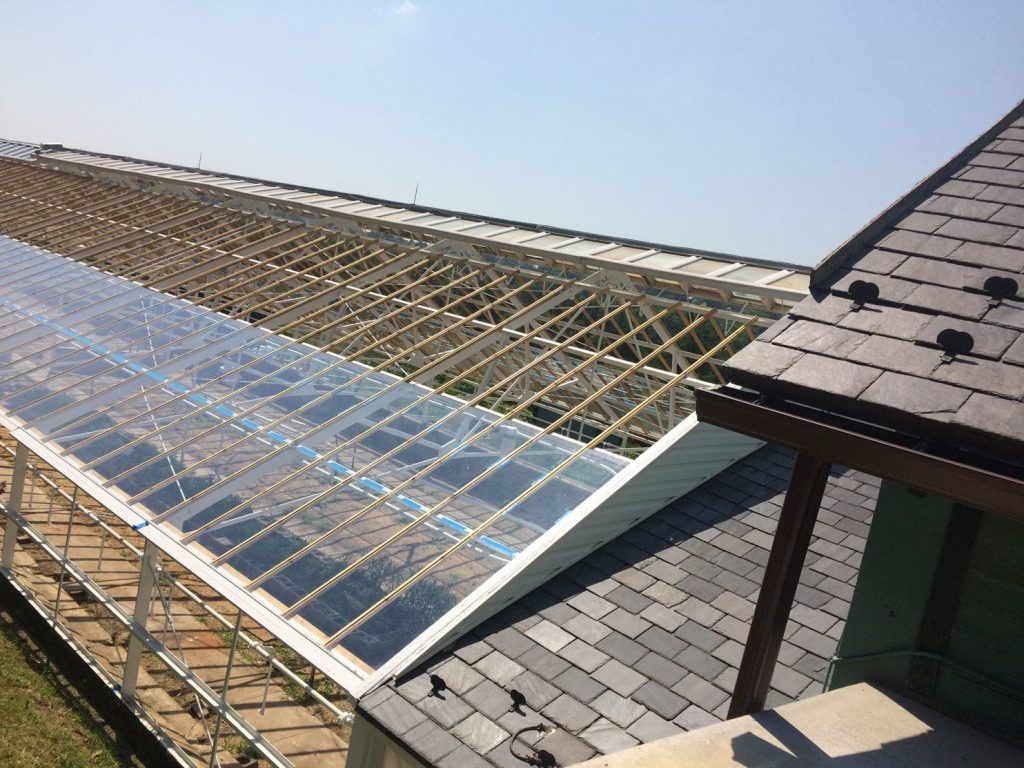

“Members of religious orders have always had a need to garden, inspired no doubt by one of the Christian faith’s noted cultivators, Saint Fiacre, a green-fingered holy man who became the patron saint of gardeners.
When monks, friars and nuns established their enclaves, they turned to gardens of herbs, wildflowers and vegetables to feed and heal themselves. Other essential elements: a dairy and a fruit orchard. Apiaries also played a key role, providing honey, mead and beeswax for candles.
The garden, as Westerners know it, survived the Dark Ages because of monasteries. Given these traditions, it was natural for the founders of the Franciscan Monastery of the Holy Land in America to count on a small farm when in 1897 they purchased 100 acres of open land in Northeast Washington.
Its visitors and pilgrims would have been more familiar with its attractive Byzantine-style church and surrounding arcade, or the reproductions of shrines from the Holy Land, but the farm in the city became a vital, if largely hidden, element of the institution. In their brown robes and open-toed sandals, the brothers were into urban agriculture a century before it became trendy.”

Commentaires
Enregistrer un commentaire